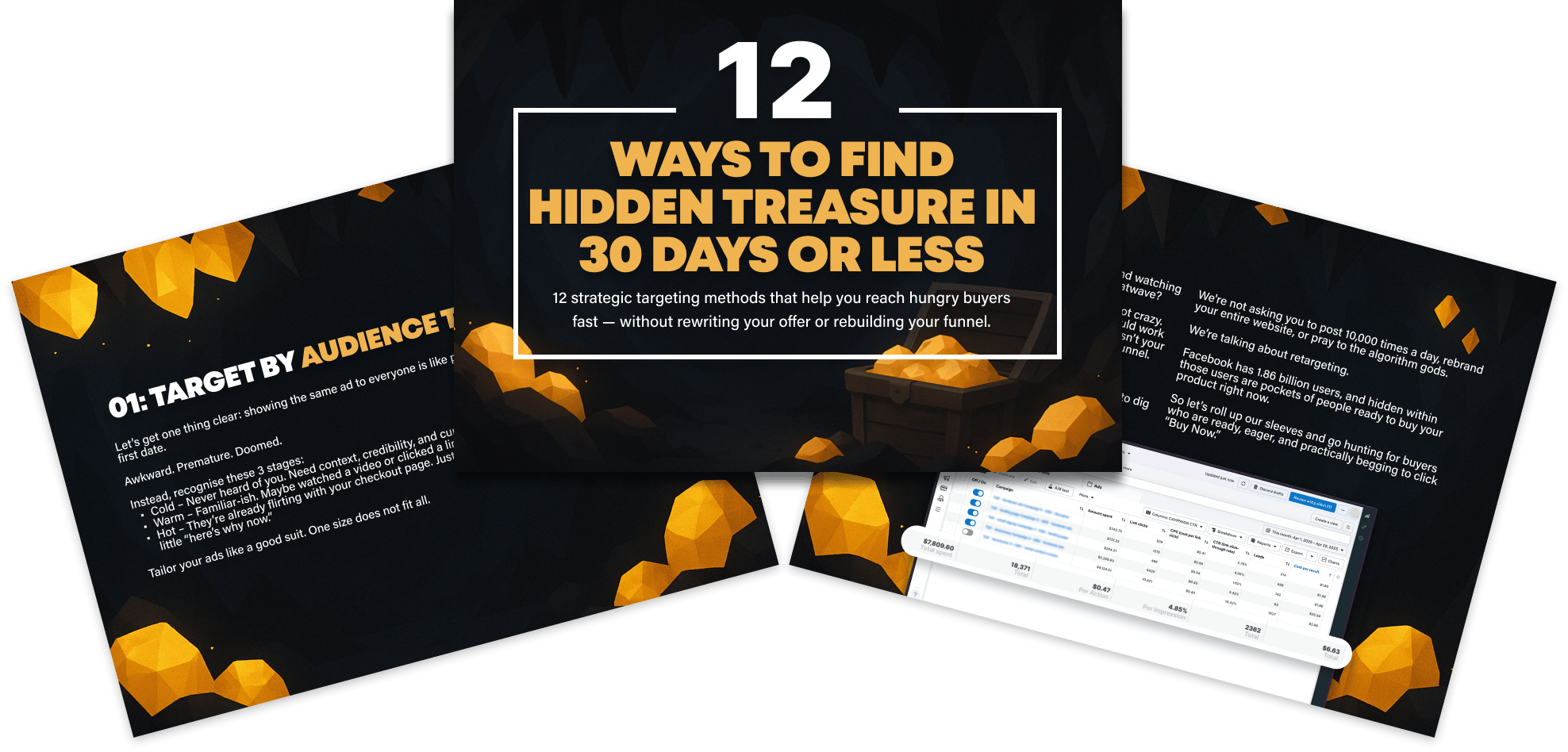6 Stories You Should Be Telling In Your Business.
Jayframe Media | Content MarketingHave you ever wondered why some social clips, speeches, tv shows, movies and books are so ‘sticky’ in your mind?
The secret sauce often lies in a “tale as old as time” – that was for all my Beauty and the Beast fans out there.
I’m talking about the power that storytelling has on us. As marketers, business owners, or social media managers, you’ve probably heard about storytelling a couple thousand times. But how exactly can you turn this powerful tool into captivating narratives that engage your audience?
Let’s dig in!


Why does storytelling work?
So, why does storytelling work so well? Imagine this: you’re sitting down with a friend, and they’re narrating an incredible adventure. You can almost see the scenes, feel the excitement, and share their emotions. That’s the magic of a good story!
When we tell stories, we create a world and an experience that our readers, viewers, or listeners can relate to on a personal and emotional level. They can visualise the setting, the actions, and the outcomes because the structure of a story is familiar. This familiarity doesn’t just entertain; it resonates deeply with human emotions, often inspiring action.
Ever since we lived in caves, we’ve used stories to share knowledge, entertain, and build communities. Our brains are wired to detect, analyze, and remember stories better than a list of events or features. That’s why a compelling narrative can make your brand unforgettable.


How does your business grow with storytelling?
Now, let’s bring it back to brand storytelling. Why does this work so effectively? As humans, we’re naturally drawn to stories. When you need to introduce your brand, sell a product, inform, or influence your audience, stories are a fantastic way to connect.
Research shows that messages delivered as narratives are 22 times more memorable than plain facts. In today’s content-saturated world, stories can cut through the noise, reach consumers, and create emotional bonds. An HBR report even suggests that emotional connection can trump customer satisfaction.
HubSpot outlines four key reasons why stories are essential in marketing:
- Stories solidify abstract concepts and simplify complex messages.
- Stories promote and shape ideas.
- Stories bring people together.
- Stories inspire and motivate.
So What are the stories that I should be telling?
Let’s get into it


6 Types of Stories Your Brand Can Tell
Alright, you’re convinced about the power of storytelling. But what stories should you tell?
Here are six types of stories that can make your brand shine:
- The story of people
- The origin story
- The story of discovery
- The story of success
- The story of values
- The story of learning
Let me explain.
The Story of People
Let’s start with the people who you serve. Talk about their goals. What drives them? Why do they love working with your organisation? This not only highlights your businesses unique solutions but also builds trust with your audience by showing the value you’ve given others just like them.
The Origin Story
Next up, dive into the history of your brand. But don’t just list dates and founders… that’s lazy, and honestly unless the viewer knows you, they don’t care. So… share the ‘why’ behind your brand. Why was it created? What problem does it solve? How has it evolved? This story helps your audience connect with your brand’s mission and vision on a deeper level.
The primary focus that people have is about how you can help them solve a problem.
The Story of Discovery
Every brand has its eureka moments. Share stories about how your brand discovered unique solutions or processes. These insights set you apart and build credibility, showing how your brand continuously innovates.
The Story of Success
Tell stories about your customers’ successes. How did your product or service help them overcome challenges and achieve their goals? Make the customer the hero, with your brand as the guide. This type of story not only proves your value but also resonates deeply with potential customers.
The Story of Values
Audiences today crave authenticity. Share stories that reflect your brand’s core values in action. These real-life examples can range from team members going the extra mile to help a customer, to moments that embody your brand’s mission. These stories inspire trust and loyalty.
The Story of Learning
Mistakes happen. What’s important is how you handle them. Share stories about challenges your brand faced, how you overcame them, and what you learned. This shows your audience that your brand is constantly improving and ready to resolve any issues that come up.
Implementing Brand Storytelling in Your Content Strategy
So, how do you weave these stories into your marketing strategy? It’s simpler than you might think. At Toast, we’ve broken it down into three steps: Story gathering, Story shaping, and Storytelling.
- Story gathering: Collect stories from every corner of your organisation. Talk to employees, customers, and partners.
- Story shaping: Mold these raw stories into compelling narratives. Focus on the emotional and relatable aspects.
- Storytelling: Share these stories across various channels—blog posts, podcasts, videos, social media.
For more detailed guidance, check out our in-depth article: Storygathering, Storyshaping, Storytelling – A 3-part process to tell brand stories.
In the end, brand storytelling is about creating connections. It’s about sharing your journey, values, and victories in a way that resonates with your audience. Start including these types of stories into your content strategy today, and watch how they transform your brand’s presence.
Got questions or want to dive deeper into brand storytelling? Feel free to reach out. I’d love to hear how you’re planning to use these concepts in your own marketing campaigns!

